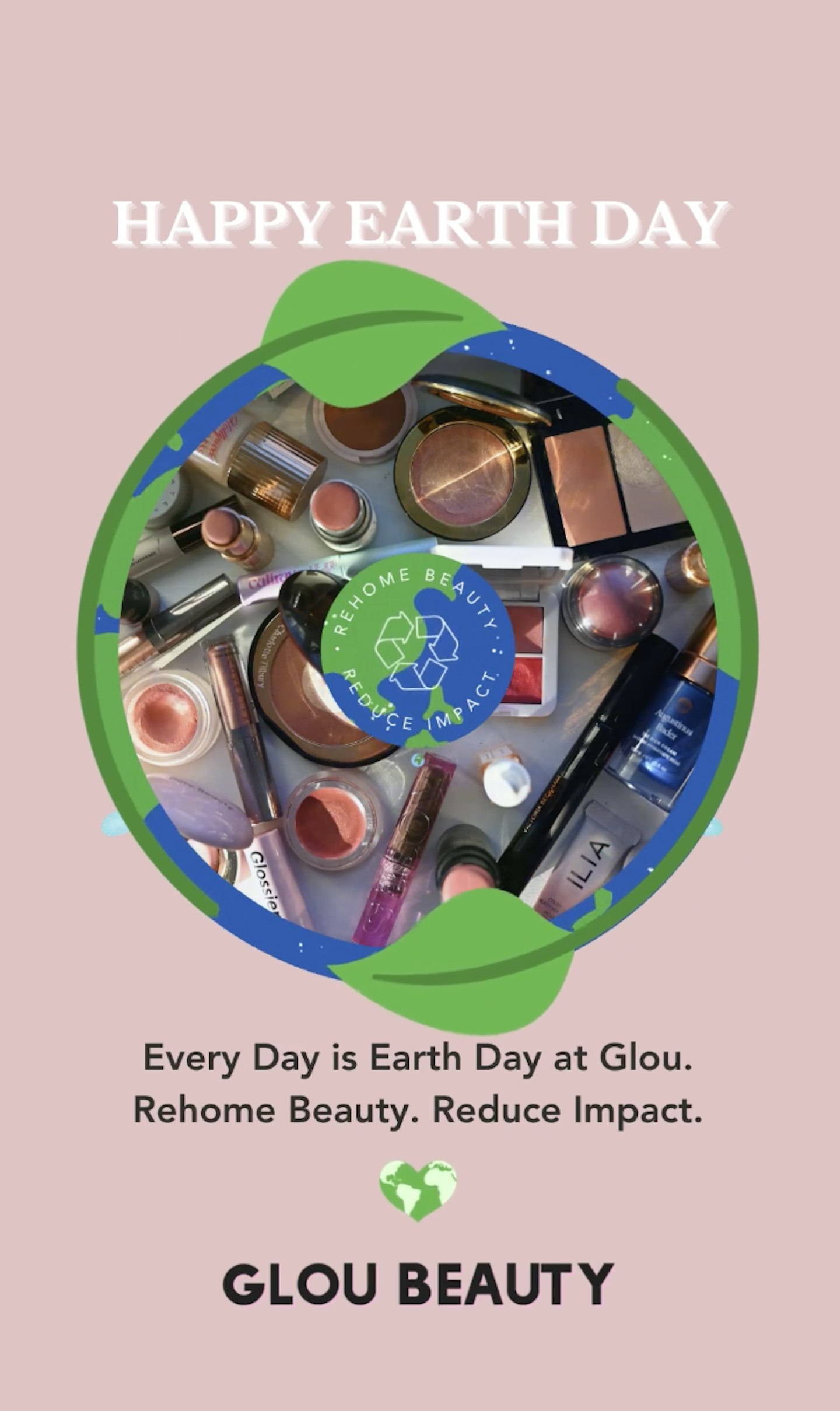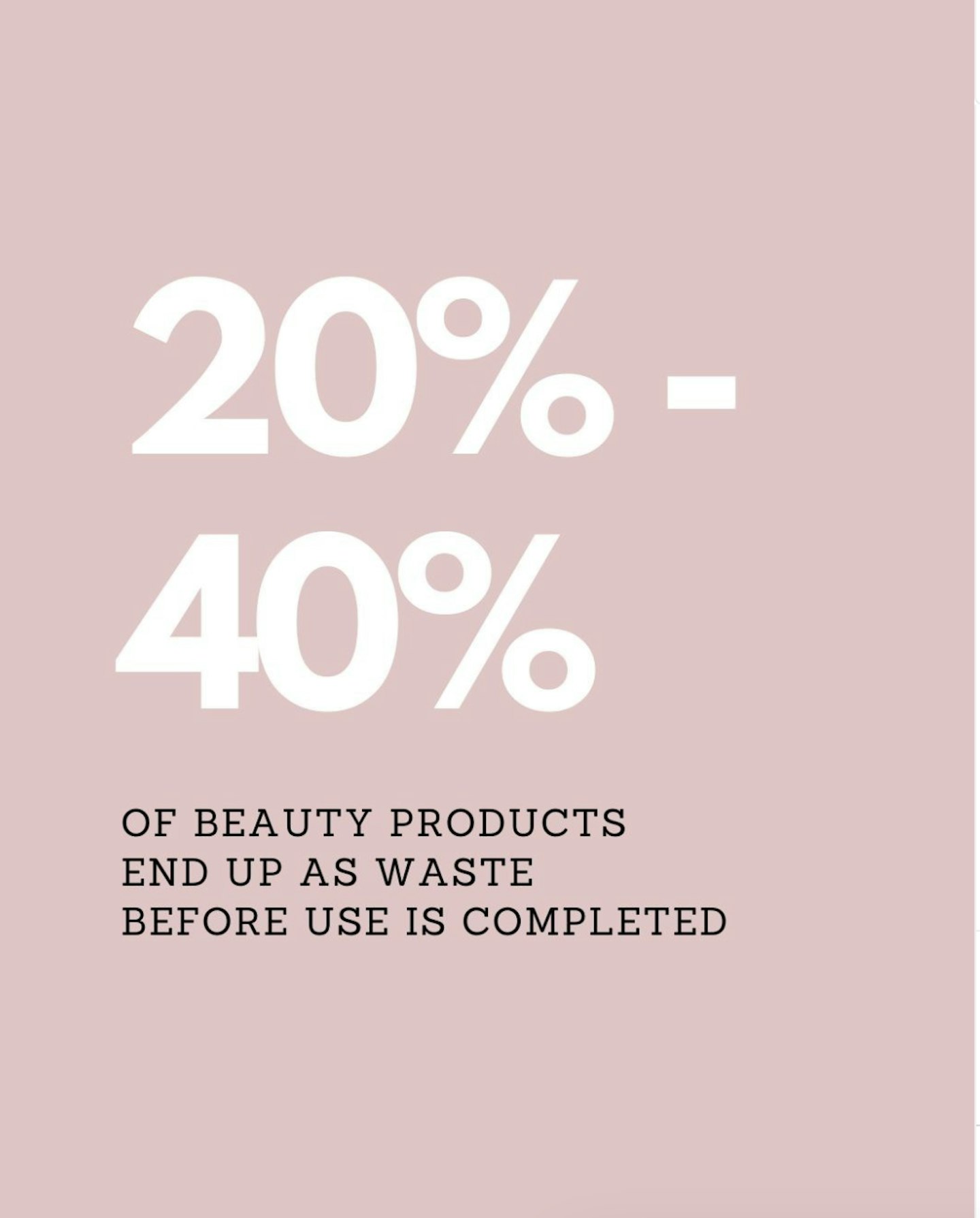'I just sold my Charlotte Tilbury eyeshadow on our local WhatsApp group,’ my sister-in-law says breezily, as if selling used make-up and beauty products is as normal to her as buying clothes on Vinted. It was the wrong shade, so, having bought it for £26, she sold it to a stranger in Brighton for £10. ‘Would you buy a used eyeshadow?’ I ask. ‘Oh no, I wouldn’t buy one,’ she says.
If the thought of buying make-up that has been owned or used by someone else gives you the ick, you’re not alone. But consider how our attitude to secondhand clothes has changed in just a few years... perhaps it’s not as outlandish as it sounds.
‘When I started talking about selling used make-up five years ago, people used to ask if I was crazy. Now they are a lot more receptive,’ says Karen Lee, founder of US-based secondhand beauty site Glou Beauty. She seems to have spotted a gap in the market. ‘Last summer, Too Faced bronzers were having a moment on TikTok and all of a sudden we were sold out of used bronzers.’

Image: Glou Beauty
Keeping up with the vast numbers of products featured in online beauty tutorials and influencer reviews is expensive. ‘Social media is really driving the overconsumption of beauty products in huge quantities,’ says CEO of the British Beauty Council, Millie Kendall OBE. It’s little surprise, then, that beauty fans are looking for cheaper ways to buy products.
Sharing lipsticks is gross though, right?
If you’ve ever tested samples at a make-up counter or had your make-up done by a make-up artist, there’s a good chance you’ve applied used products. Is a barely used make-up product in otherwise perfect condition so different?
Well, possibly. Celebrity make-up artist Alice Theobald, who counts Tess Daly and Emma Thompson as clients, says she occasionally buys a product on a resale site if it’s been discontinued, but would only ever buy it new, sealed and from a reputable seller. ‘Hygiene is really important to protect clients,’ she insists. There are lots of little tricks she uses to avoid contamination, such as decanting a chosen lip colour with a spatula into a lipstick palette before use or applying colloidal silver – known for its antibacterial, antiviral and anti-fungal properties – liberally to products after use.
But, it’s not only make-up and ‘used’ products. People are selling all sorts – unwanted perfume they’ve been gifted, a duplicate body cream from a subscription box, a hair product that’s been discontinued and can now be sold at a premium.
Helen Riley, head of beauty acquisition at eBay UK, says the online retail giant is seeing an uptick in beauty product sales. ‘We are seeing more and more people come to eBay to shop from our “Imperfects Beauty” range. We like to think of this as the beauty industry’s answer to “wonky veg”. Some items may have a damaged box or a scratch, but what’s inside is still a perfect product.’

Image: Glou Beauty
Spotting a beauty fake
Lee maintains that while hygiene is often people’s first concern, counterfeits are the bigger issue. There’s a chance that the luxe serum you bought as a bargain might in fact be a jar of Vaseline or even arrive empty.
‘The bigger resale sites haven’t really embraced secondhand beauty products as there’s so much nuance to it. I would say it’s kind of like you’re trying to sell your Louis Vuitton handbag on AutoTrader.’ Marketplaces like eBay and Vinted are often a first port of call and are quick to point out they don’t allow people to sell used or unsealed products, only ‘new with tag’.
Glou Beauty is designed to minimise these risks – it asks sellers to upload the batch codes (a series of numbers and/or letters on the bottom of all products) or receipts, and has an active customer service team that can help if there’s an issue. With products selling for up to half the retail price, the potential reward for make- up enthusiasts is often worth the risk. Lee’s proud that a third of customers ‘boomerang back to make another purchase’ as soon as they’ve received their first (legitimate) order.
War on waste
How many beauty products do you own? Be honest. It’s estimated women average 40 beauty products, but only use five, leaving 87% wasted. Wastage is also an issue for brands. More than 10% of beauty products are going to waste before they’ve even reached shelves – overproduction, damaged packaging and misprinted labels all mean they’re rejected. Rejected but ripe for resale, according to former L’Oréal employee Yasmine Amr. Working as legal counsel and filling her bathroom cabinet with imperfect or excess stock from staff sales inspired her to action.
She surveyed 300 women and discovered that two-thirds had no idea that surplus stock was an issue. Plus, she discovered that 95% would happily buy products that are in imperfect packaging or nearing their best- before date for a reduction in price.

Image: Glou Beauty
Her website, Boop, launched in October last year to offer ‘imperfect’ wellness, skincare and haircare products direct from premium brands. Companies including Aromatherapy Associates, John Masters Organics, Indi Supplements, Megi Wellness and The Natural Africa are signed up to sell their excess stock for discounts of 20 to 70%.
So, does this really create a less wasteful industry? Kendall’s not sure. ‘It’s unclear if reselling is a conduit for overconsumption. We don’t know whether that is going to increase it or not at this point,’ she says.
The bargain economy
While reducing waste may be a key driver of resale beauty marketplaces, it’s discounts that are driving consumer behaviour. ‘One in four people have had to cut back on their beauty spending because of the cost of living crisis,’ reports Amr. ‘If you love a brand and can buy it cheaper, it doesn’t feel like you have to skimp on your regime.’
Once you’ve mitigated any hygiene woes and established that you’re buying a genuine product, it seems buying secondhand could be, to quote Riley ‘the ultimate beauty hack’.
Tips for buyers
A rule of thumb: anything a make-up artist can safely use between clients is OK to buy: foundation can be pumped; pencils sharpened. Pots of creams that you dip your finger into are no-no because they come with a higher contamination risk.
Do your research: buy from trusted sellers and ask for photos, batch codes and receipts.
Signs that products are past their best: Foundation – a faint line that’s a little bit darker than the rest; lipstick – should glide smoothly not drag; lipgloss – will smell like Crayola crayons; creams – have separated, i.e, liquid sits on top; pencils – loose in the wooden casing.
Tips for sellers
Photos: open your product to show how much has been used. For powders, show if the brand embossing is still intact.
Build trust: tell people when and where you bought it and take a photo of your receipt if you have it.
Time: don’t hold on to products too long, they have a shelf life.
To see what’s available visit boopbeauty.co.uk; thisisbeauty.com; glambot.com

